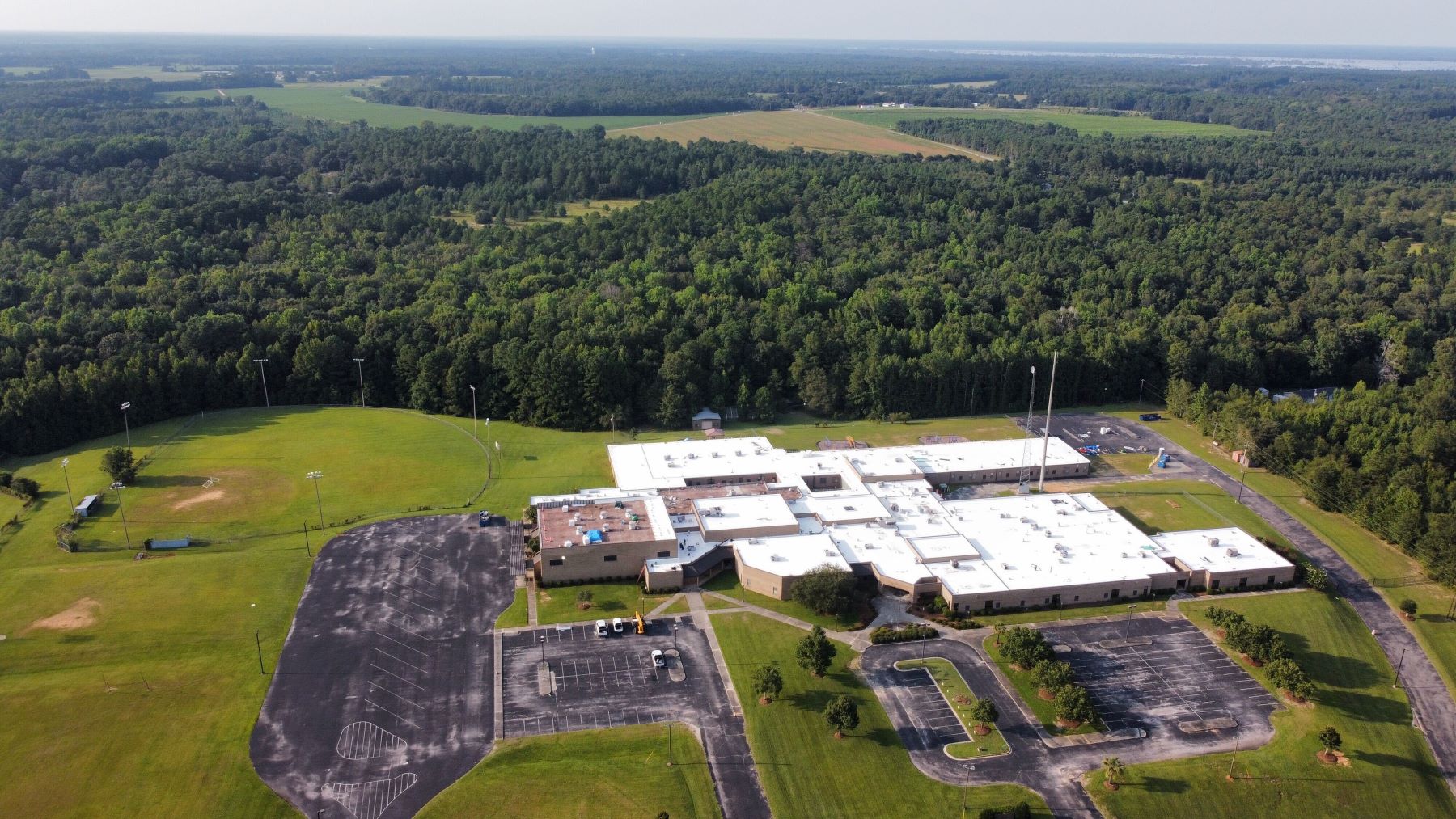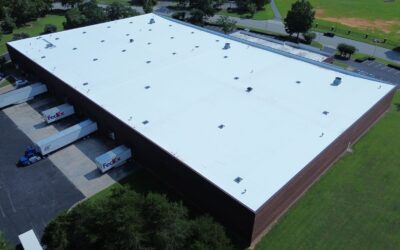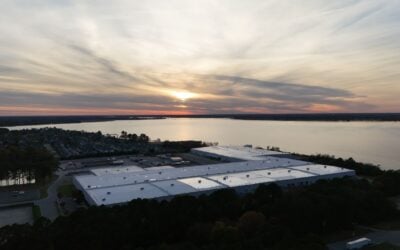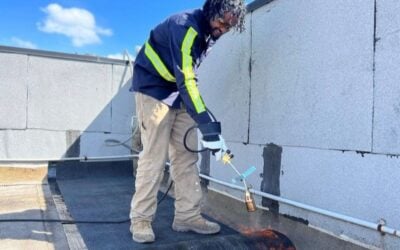When it comes to selecting a roofing style for commercial buildings, the choice often narrows down to flat or sloped roofing systems. Each type has its own unique benefits and drawbacks, making the decision dependent on various factors, including climate, building design, and budget. This blog post will explore the advantages of both flat and sloped roofing, providing insights to help you make an informed choice for your commercial property.
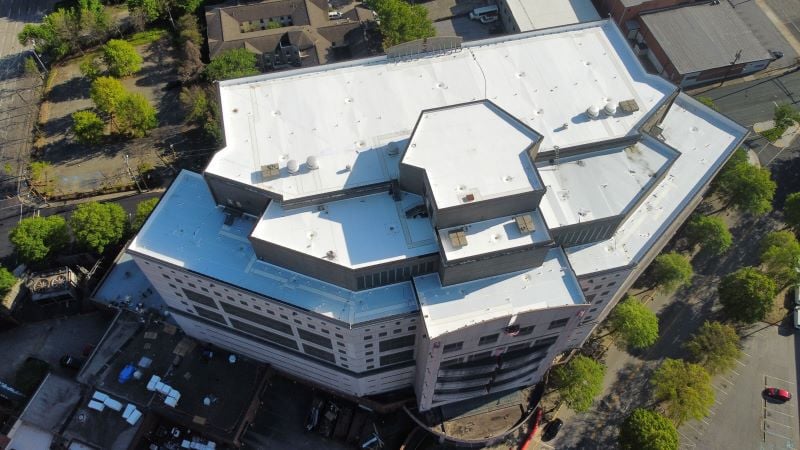
Advantages of Flat Roofing
1. Cost-Effectiveness
Flat roofs are generally less expensive to install than sloped roofs. The materials used are often cheaper, and the installation process is quicker due to the simpler design. This can lead to significant savings, especially for larger commercial buildings where roofing costs can add up.
2. Utilization of Space
One of the most appealing aspects of flat roofing is the extra space it provides. A flat roof can be utilized for various purposes, such as rooftop gardens, solar panel installations, or additional HVAC units. This is particularly beneficial for urban environments where ground space is limited.
3. Easier Maintenance and Accessibility
Flat roofs offer easier access for maintenance and inspections. Technicians can walk on the roof without needing special equipment, making routine checks more straightforward. This ease of access can lead to better maintenance practices and can extend the roof’s lifespan.
4. Energy Efficiency
Modern flat roofs can be equipped with reflective materials and coatings, which help reduce heat absorption. This can lower energy costs, especially in warmer climates, as buildings will require less air conditioning to maintain comfortable temperatures.
5. Simplified Drainage Systems
Although flat roofs are designed to be nearly level, they usually incorporate slight slopes for effective drainage. This design can simplify the drainage system, reducing the need for complex guttering and downspouts that are often necessary with sloped roofs.
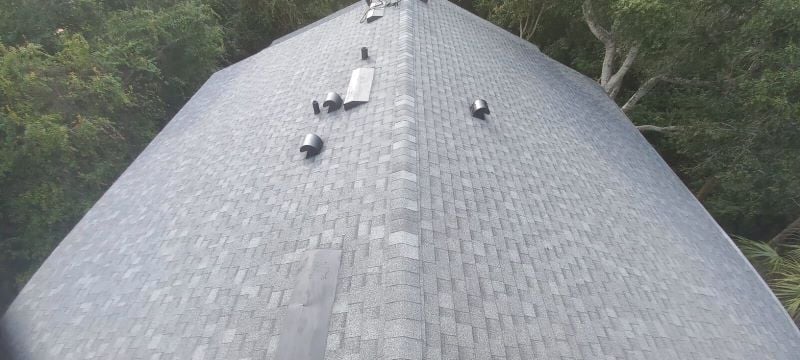
Advantages of Sloped Roofing
1. Effective Water Drainage
One of the primary advantages of sloped roofs is their effective water drainage system. The angle of the slope allows rain and snow to slide off easily, reducing the risk of water pooling. This can significantly reduce the likelihood of leaks and water damage over time.
2. Longevity and Durability
Sloped roofs generally have a longer lifespan than flat roofs. The design minimizes the accumulation of debris and moisture, which can lead to deterioration. Many sloped roofing materials, such as metal or tile, are also known for their durability and resistance to the elements.
3. Aesthetic Appeal
From an architectural standpoint, sloped roofs can add visual interest and character to a building. They come in various styles, including gable, hip, and mansard, allowing for more design flexibility. This aesthetic appeal can enhance the overall value of the property.
4. Better Insulation
Sloped roofs often provide better insulation opportunities compared to flat roofs. The space under a sloped roof can be used to install insulation materials more effectively, which can improve energy efficiency and reduce heating and cooling costs.
5. Natural Ventilation The design of sloped roofs allows for natural ventilation, which can be beneficial in managing indoor air quality. Hot air rises and escapes from the higher parts of the roof, promoting better airflow within the building.
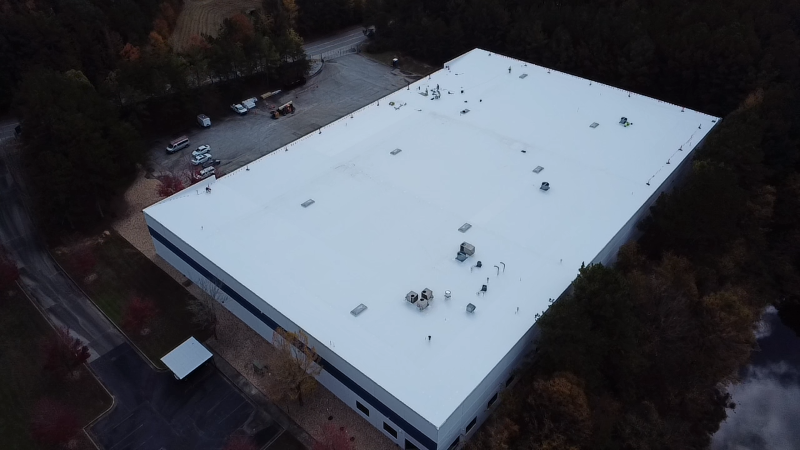
Making the Right Choice
Choosing between flat and sloped roofing involves weighing the advantages of each type against your specific needs and circumstances. Consider factors such as local climate, building function, budget constraints, and aesthetic preferences.
For example, if your building is located in an area prone to heavy snowfall, a sloped roof might be the better option due to its effective drainage capabilities. Conversely, if you’re looking to maximize usable space on a tight urban lot, a flat roof could serve your needs better.
Additionally, it’s essential to consult with a roofing professional to assess your building’s requirements and gain insights based on their experience. They can help evaluate factors like structural support, local building codes, and the long-term maintenance implications of each roofing style.
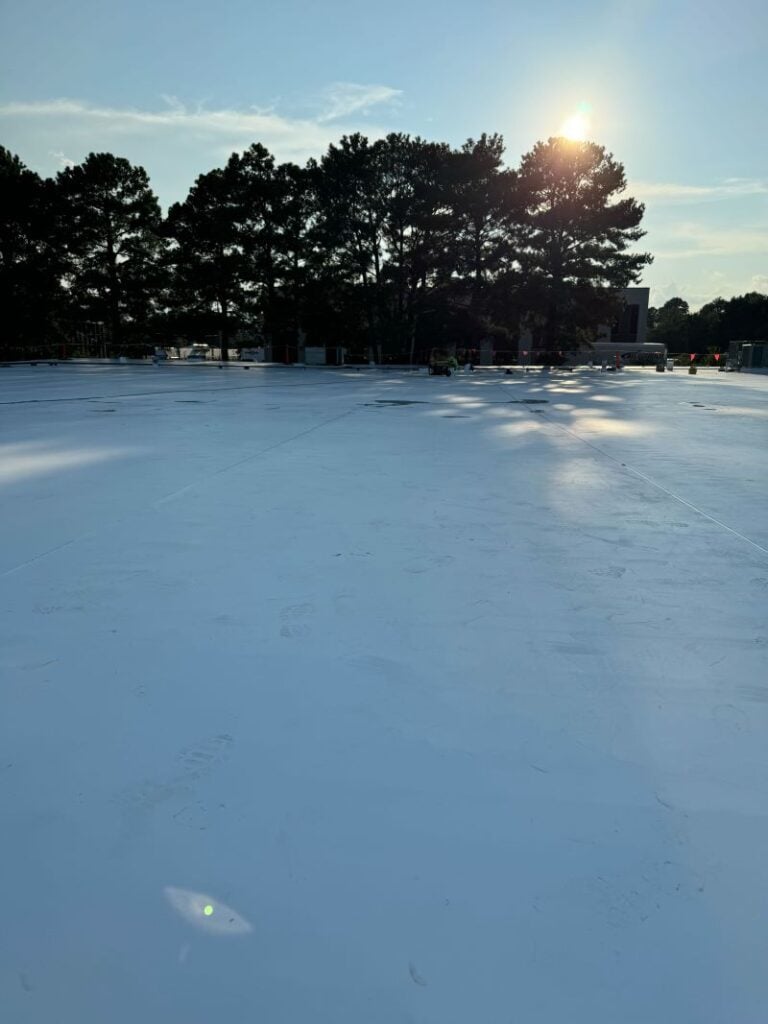
Conclusion
Both flat and sloped roofing systems have distinct advantages that cater to different needs and preferences in commercial building design. By understanding the benefits of each, you can make a well-informed decision that aligns with your goals, whether they are cost-effectiveness, aesthetics, or long-term durability. Ultimately, the right roofing choice can enhance your building’s performance, protect your investment, and contribute to its overall value.

